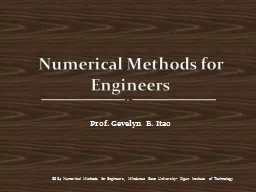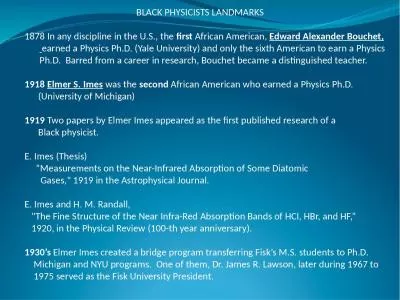PPT-For Physicists & Engineers
Author : liane-varnes | Published Date : 2015-09-26
using your Piano Tuning Laptop Microphone and Hammer Bruce Vogelaar 313 Robeson Hall Virginia Tech vogelaarvtedu at 300 pm Room 130 Hahn North March 17 2012 by
Presentation Embed Code
Download Presentation
Download Presentation The PPT/PDF document "For Physicists & Engineers" is the property of its rightful owner. Permission is granted to download and print the materials on this website for personal, non-commercial use only, and to display it on your personal computer provided you do not modify the materials and that you retain all copyright notices contained in the materials. By downloading content from our website, you accept the terms of this agreement.
For Physicists & Engineers: Transcript
Download Rules Of Document
"For Physicists & Engineers"The content belongs to its owner. You may download and print it for personal use, without modification, and keep all copyright notices. By downloading, you agree to these terms.
Related Documents














